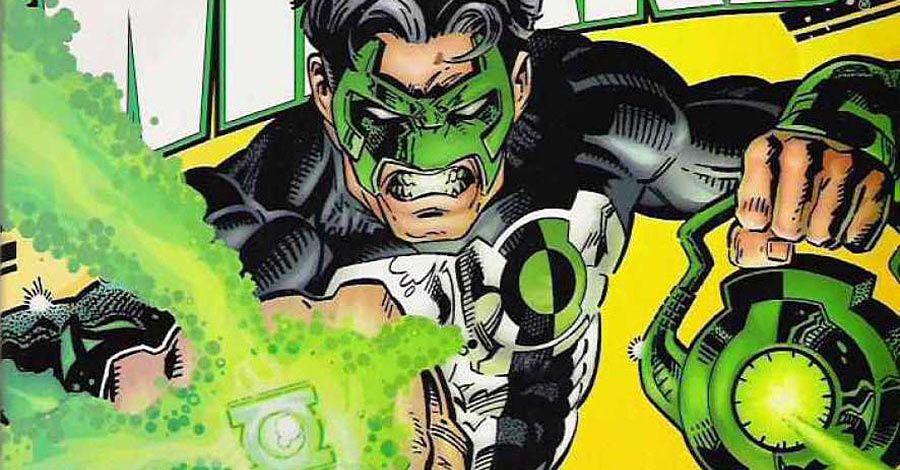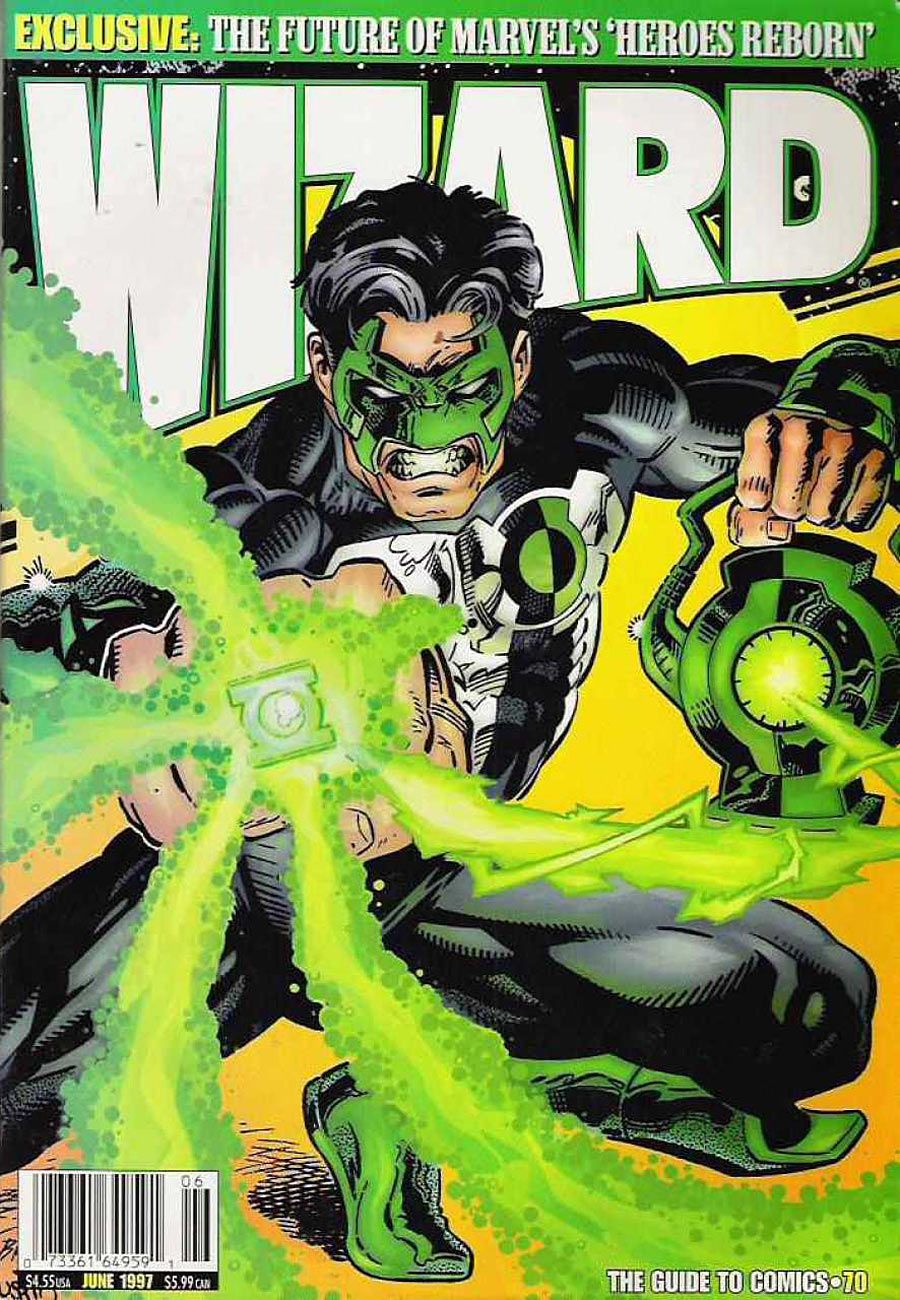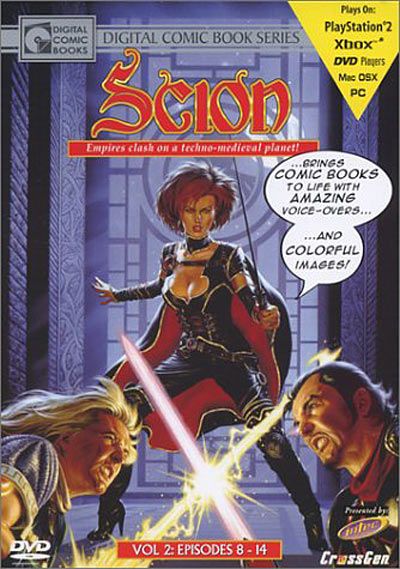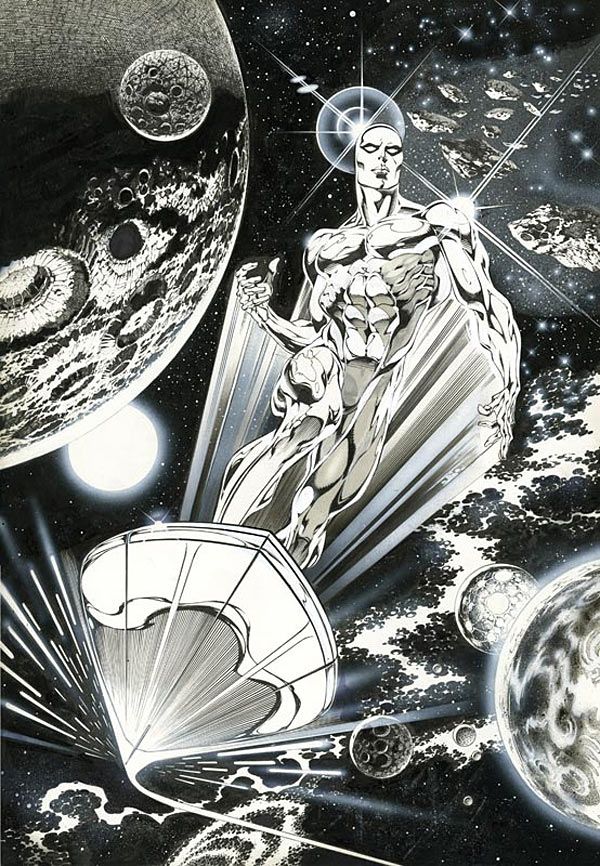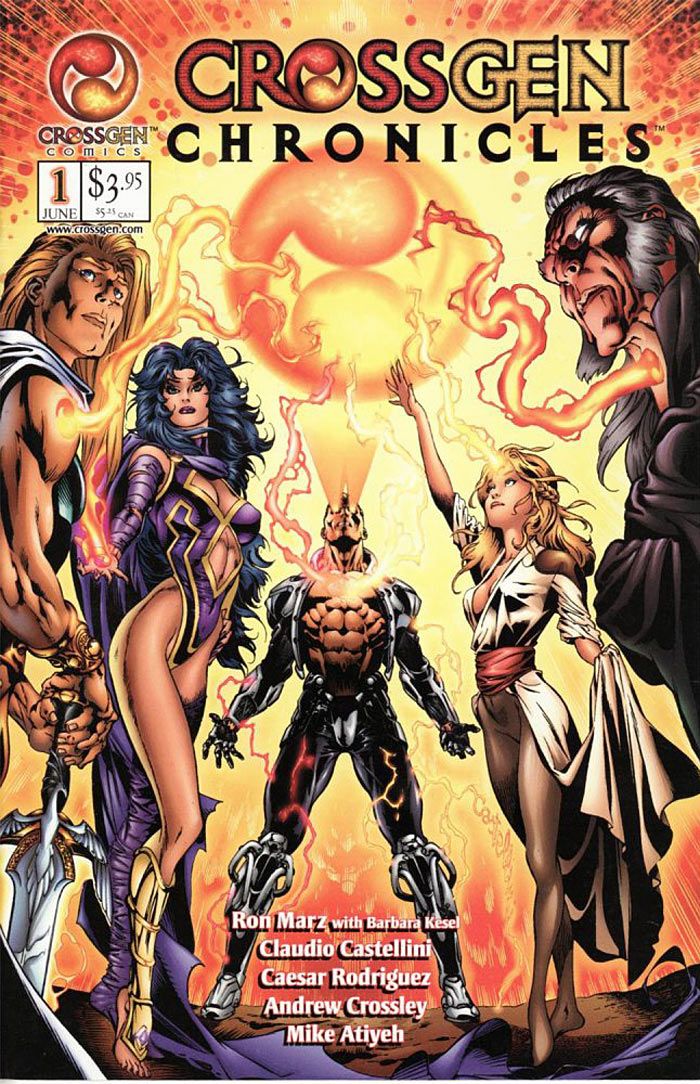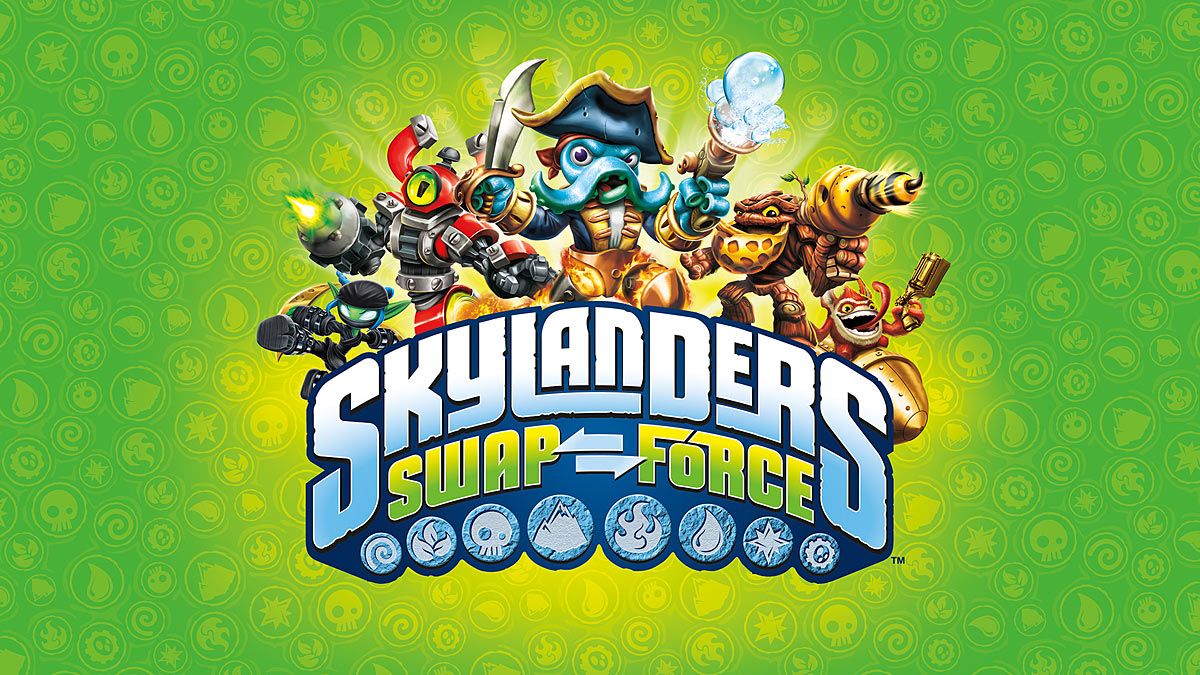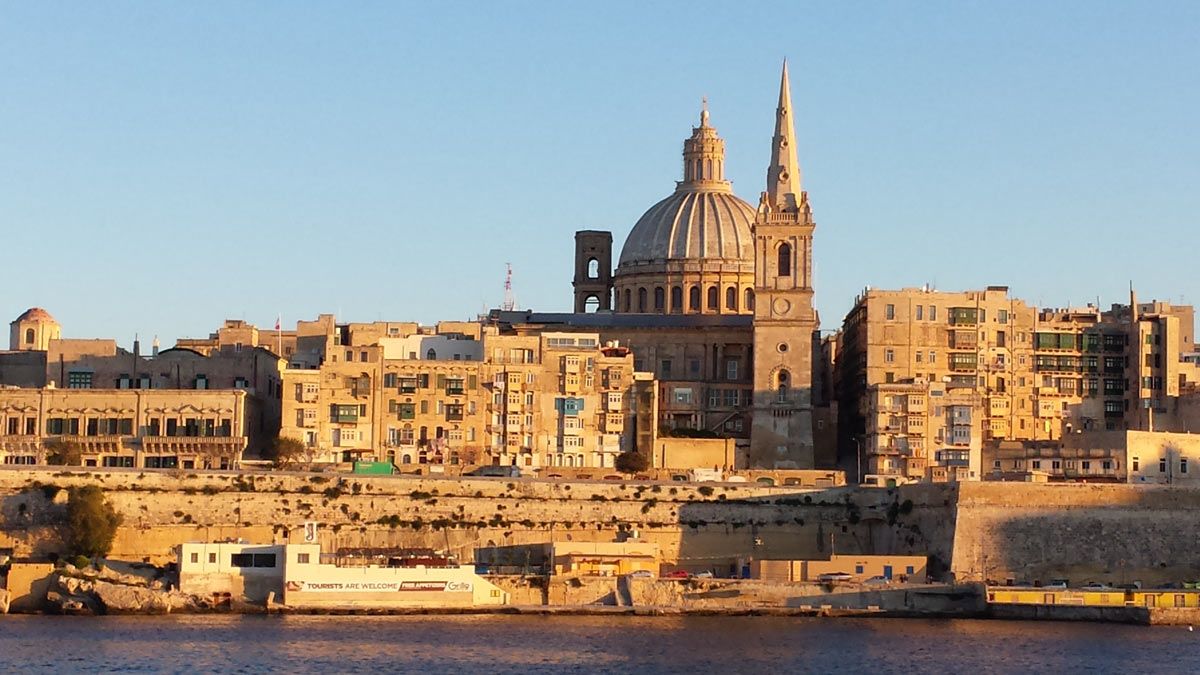Links in a Long Chain to Make a Career
The comics business is about connections. The unvarnished truth is, like anything else, there's a strong element of who you know. Or at least knowing enough people that you can navigate the hazards of being a freelancer. "Who you know" is essentially who you've met. Each connection made can lead to another, like links in a chain.
I've told the story plenty of times before: my entre into the business was provided by Jim Starlin, who showed me the ropes of a comic script, introduced me up at Marvel, co-wrote my first few jobs, and handed me "Silver Surfer" as my first monthly assignment when he left the book.
But I never would've met Jim if not for Bernie Wrightson, whom I interviewed for my college newspaper, and in the process struck up a friendship. Had I never forged a friendship with Bernie, I never would've done so with Jim. And I'd certainly be doing something other than writing comics as a career.
Everything contributes links to the chain. Events and relationships from the past echo in the present, and lead into the future. Case in point: a pickup football game in upstate New York two decades ago led to me doing work for a European publisher this year. Follow the links in chain...
I met Ian Feller when he worked at "Wizard" magazine... back when there was a "Wizard" magazine, back when "Wizard" magazine had a bigger circulation than virtually any comic. The "Wizard" offices were located about an hour south of me in upstate New York. A few times, the comic community in the Hudson Valley got together with "Wizard" staffers to play volleyball or softball, and once, football.
Some friends and I drove south and to play touch football against at a field (covered in goose poop) adjacent to some school in Rockland County.
I'm pretty sure that game was the first time I met Ian. I'm definitely sure I burned him for a long touchdown when the quarterback dropped a pass over my shoulder and into my outstretched hands. It was less a matter of me catching the ball than it landing perfectly in my hands.
A few years later, in 1999, Ian was one of the first employees at CrossGen Comics. I bumped into Ian and Mark Alessi, CrossGen's founder, coming out of the Hyatt Hotel in San Diego one night during the con. Ian introduced me to Alessi, who recognized my name, particularly from my Silver Surfer graphic novel "Dangerous Artifacts," illustrated by Claudio Castellini. Alessi was almost as big a John Buscema fan as Claudio, who was at San Diego that year because he was nominated for a Best Penciler/Inker Eisner for our Predator story in "Dark Horse Presents." I arranged the meeting, which is how Claudio wound up drawing the first-ever CrossGen comic (and how he came to be terrified of possibly having to play in a Monday Night Football game).
Eventually, I took CrossGen's job offer and moved to Florida for a few years. When CrossGen was healthy, most of the creative staff attended a number of conventions with the company's sleek booth setup. At one of the Wizard World Chicago conventions, I met Dave Rodriguez, who was a fan of both my Green Lantern run, as well as the CrossGen titles.
Dave and I struck up a friendship, especially after CrossGen started doing its digital comics through High Voltage, the Chicago-area video game developer where Dave worked. I reviewed a script Dave wrote as a Marvel submission, gave him notes and some advice. The script didn't get picked up, but it was pretty damn good.
Flash forward a few years, after we'd moved back to the Albany area from the ashes of CrossGen in Florida. I was in a parking lot, carrying a box from my car to the venue for the then-fledgling Albany Comic Con. Walking across the parking lot from the other direction, I saw a guy who looked a little familiar, headed for the same venue. I thought, "Gee, that guy looks like Dave Rodriguez. But it can't be, because who would come all the way from Chicago for the Albany Comic Con?"
Turned out it was Dave Rodriguez, and he hadn't come all the way from Chicago. He was now living in Albany, having moved to take a job with game developer Vicarious Visions. I was familiar with Vicarious, an Activision subsidiary, because I'd previously worked as a contractor on some games for them, including "Marvel Ultimate Alliance 2" and the "Spider-Man 3" tie-in game. Both of those jobs came about through Evan Skolnick, a former Marvel editor who was working at Vicarious Visions as a producer. Evan had bumped into Albany-based artist John Hebert, and somehow my name came up. Links, remember?
Anyway, Dave eventually brought me in to work on the Skylanders game Vicarious was developing, writing dialogue for "SWAP Force," a thoroughly enjoyable experience. More than once during the process, Dave and I wondered why a huge franchise like Skylanders hadn't made the jump to comics. It seemed like a natural fit, and a missed opportunity.
Ron Marz & IDW Bring "Skylanders" Into their First Ongoing Comic
More than a year later, IDW finally landed the comic license for Skylanders. IDW reached out to me for the writing duties on the series, thanks to the recommendation of Activision (and Dave). I agreed to the job, with Dave Rodriguez as co-writer.
The initial batch of Skylanders comics had to be produced quickly, so they could be included in IDW's Micro Comic Fun Pack line in places like Toys "R" Us and Target. There was a big push to produce six issues in a short span, so multiple artists were utilized. Some of the artists were provided by an Italian art agency called Tomatofarm. They all turned in superior work, and we hit the deadline last summer.
Not long after, the translator for Tomatofarm, Andrea Rovere, contacted me, having learned that I would be a guest at October's MaltaComics Expo in the city of Valletta on the island of Malta. Tommaso D'Alessandro, the head of Tomatofarm, actually lived on Malta, and wanted to meet with me. After some e-mails and WhatsApp conversations, we nailed down a time and a place.
Tommaso visited me at the convention, and though he spoke only a bit of English, and I spoke no Italian, we got on fine. He invited me and my wife to dinner at one of his favorite places in Valletta. The tiny restaurant had literally four tables and no menu. No one on staff spoke English, so Tommaso's wife (who spoke Italian and English, as well as Russian) served as translator. It's one of the more memorable dinners I've had in my life, with amazing pasta and pizza.
The next day, I met Tommaso in a cafe, along with a friend of his, Jean Pierre Magro, a producer and writer who actually grew up on the same street where we were meeting. Tommaso and Jean Pierre were in partnership to develop projects together, and wanted me to work with them. The discussions continued over the next few months, until we met again in London last month over multiple breakfasts and dinners during London Super Comic Con. We agreed to a partnership for multiple projects in the European and eventually American markets, which we've started on already.
So there's your chain, stretching from a football game decades ago to comic projects for Europe. If any one of the links hadn't fallen into the place, it wouldn't have happened.
While I was at London Super Comic Con, I sat on two panels with Paul Levitz and Jeremy Whitley. Among other topics, we talked about breaking in, and staying in. I mentioned careers essentially being a chain of events, one thing leading to another, and another, and another. Most often, it's the unexpected, unplanned things that bear fruit -- the chance meetings, mutual friends making an introduction in a bar.
A fledgling writer came back to my table at the con to show his work (which was quite good) and ask follow-up questions. I told him that a con was a great place to make connections, but the worst thing you can do once the con closes is go back to your hotel room and read comics. What happens after the show is at least as important as what happens during it. More actual business gets done in the bar after a con than at the con itself.
Hang around, ask an editor or creator if it's okay to buy them a drink and chat for a few minutes. Everybody likes a free drink. Now, you have to understand where the line is. After a day of signing, sketching and talking, the time after con hours is wind-down time. Don't interrogate someone for information, don't push your portfolio on someone, unless invited. Don't make a nuisance of yourself, obviously. And for pity's sake don't get drunk and disorderly. Those caveats aside, many professionals are giving of their time and their knowledge.
But you have to start somewhere. You have to be part of the scene. That's how you forge the first links in your own chain.
Ron Marz has been writing comics for two decades, and thinks it's pretty much the best job ever. His current work includes "Witchblade" and the graphic novel series "Ravine" for Top Cow, "The Protectors" for Athleta Comics, his creator-owned title, "Shinku," for Image, and Sunday-style strips "The Mucker" and "Korak" for Edgar Rice Burroughs, Inc. Follow him on Twitter (@ronmarz) and his website, www.ronmarz.com.

